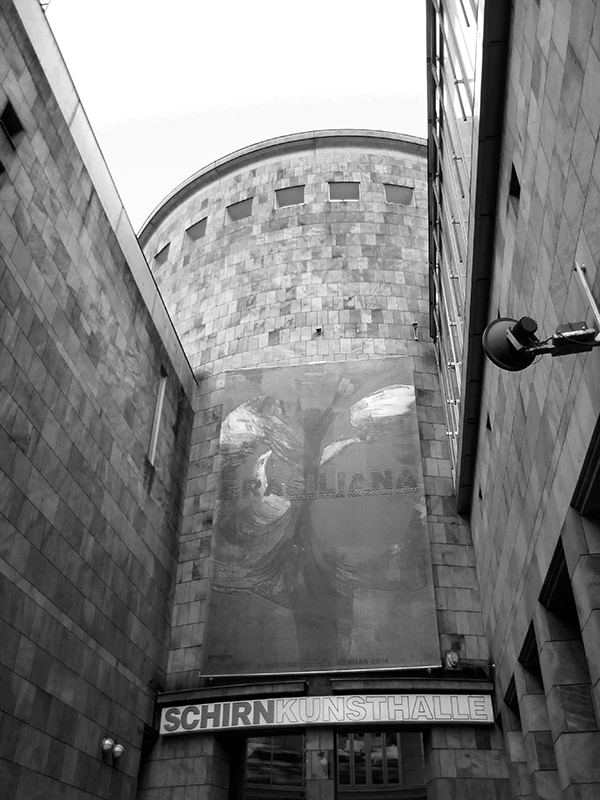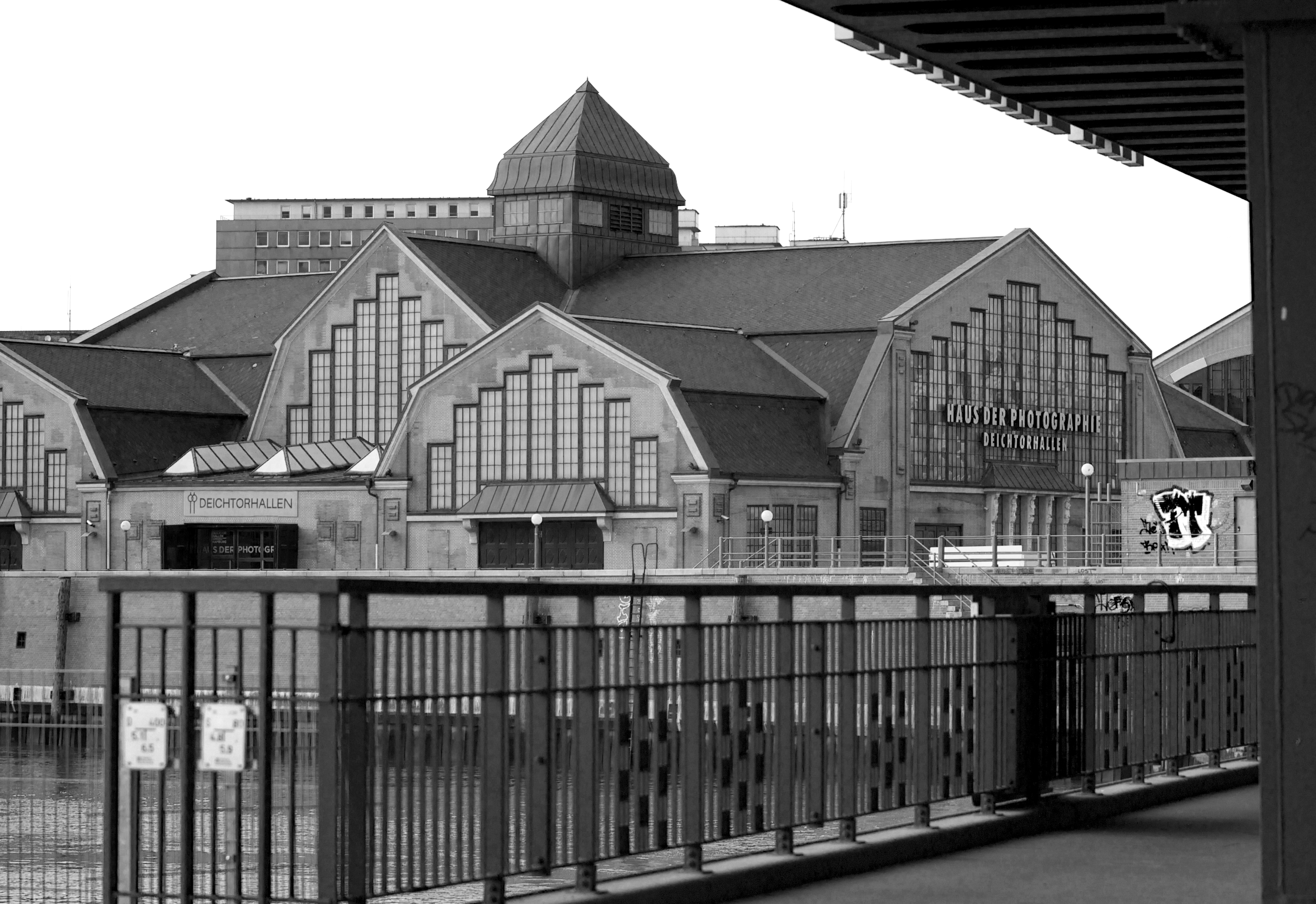Schirn Kunsthalle Frankfurt
· An oasis of art in a city of banking ·
I cannot recall his name for the life of me. He was a Hungarian refugee who had managed to escape after the 1956 uprising and landed in Paris where he became a student of Joan Miró’s. How he ended up teaching art in a public school in the middle of nowhere at the Dutch/German border is anybody’s guess. It certainly changed my life – for a short time anyhow, when I began painting with wild abandon, all of 12 years old, under his tutelage and with his encouragement. When sent to boarding school, a year later, and presenting my new art teacher with a watercolor of blue and purple stone walls her scathing ridicule made me drop the brush for decades to come.
These memories were triggered by reading about the current exhibit of Miró works at the Schirn Kunsthalle in Frankfurt, http://www.schirn.de/ausstellungen/2016/joan_miro/. The Schirn is an interesting, modern building nestled between the cathedral of St. Bartholomew and the Römer plaza. I like the museum – they know how to balance shows of established artists with risk-taking exhibitions of emerging power. When I visited last they had a show of installations and contemporary art from Brazil which made a lasting impression.

Opening in mid-May is a show of one of our own, NYC-based artist Peter Halley. He’s gone all swirly, it looks like, after so many years of geometric abstracts. http://www.schirn.de/programm/angebote/eroeffnung_peter_halley_11_mai/ Wish I could be there!




 In honor of Zeitgeist Northwest’s upcoming German Culture Week (for details see
In honor of Zeitgeist Northwest’s upcoming German Culture Week (for details see 
 I met Steve Tilden, a metal sculptor and long-time Blackfish Gallery artist, a decade ago when I asked his permission to use a photograph of one of his sculptures in one of my montages. We have collaborated on several projects since, exhibited together and, most importantly, stretched each other’s thinking around various topics of shared interest.
I met Steve Tilden, a metal sculptor and long-time Blackfish Gallery artist, a decade ago when I asked his permission to use a photograph of one of his sculptures in one of my montages. We have collaborated on several projects since, exhibited together and, most importantly, stretched each other’s thinking around various topics of shared interest.